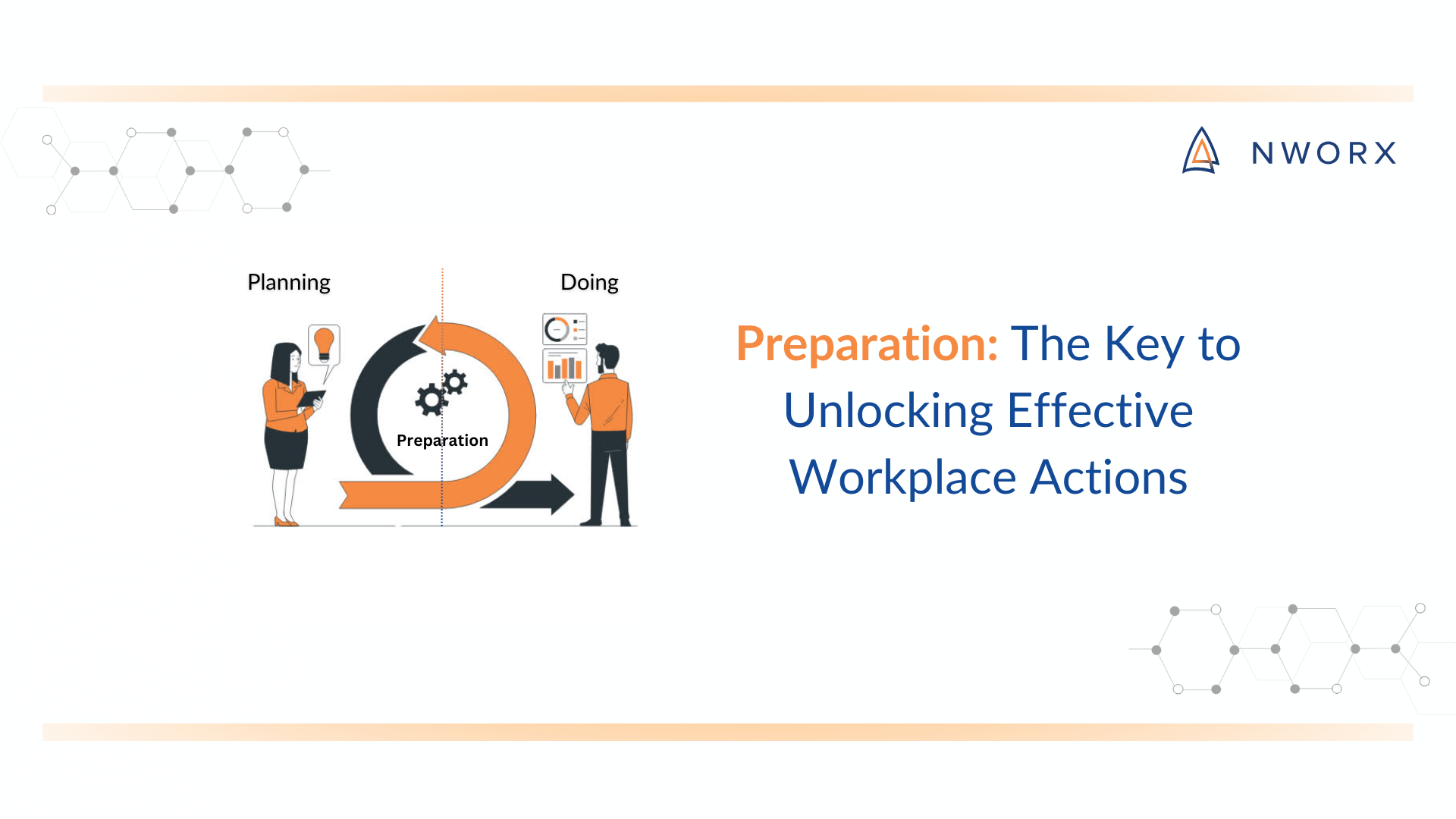In today’s fast-paced work environment, achieving our goals often depends on how well we prepare. While many people focus on the end results, the groundwork laid beforehand makes the difference. Preparation bridges what we intend to do and what we actually accomplish. By understanding its importance and implementing effective preparation strategies, we can significantly enhance our efficiency and effectiveness at work.
Why is Preparation Important in the Workplace?
Preparation involves knowing what to do and understanding the context, objectives, and potential challenges associated with a task. This process requires deep analytical thinking and contextual understanding, which can dramatically improve an employee’s efficiency and effectiveness.
According to Deloitte’s Global Human Capital Trends, 87% of business leaders believe that finding the right workplace model, which includes preparation and structured planning, is critical to organizational success. However, only 24% feel their organizations are fully ready to address this need.
For example, a logistics company that introduced a comprehensive preparation phase for its delivery drivers saw a significant decrease in delivery times and an increase in customer satisfaction. By ensuring drivers were thoroughly briefed on routes, potential obstacles, and customer preferences, the company improved overall efficiency and effectiveness.
Similarly, understanding the critical role of preparation can help organizations align their strategies with business goals, ensuring that employees are not just knowledgeable but also ready to apply their knowledge effectively.
What Causes the Disconnect Between Intentions and Actions?
Many employees find it difficult to dedicate adequate time to prepare due to the immediacy of daily demands and the lack of real-time guidance. Traditional methods often emphasize theoretical knowledge over practical application, creating a disconnect between what is learned and what is performed. Click here to learn more about the disconnect between learning and actions.
Deloitte’s research reveals that only 40% of companies align their learning strategies with business goals, leading to a focus on measurement rather than actionable outcomes.
How Can Organizations Bridge the Gap with Structured Preparation?
Organizations must provide tools and frameworks that facilitate effective preparation to bridge the gap between learning and doing. Here are some key strategies:
- Integration of Preparation into Workflow: Companies should integrate preparation into daily workflows, making it an essential part of task management. This includes setting aside dedicated time for employees to prepare for their tasks.
- Use of Technology: Leveraging technology, such as AI and machine learning tools, can provide real-time guidance and resources to aid in preparation. These tools can offer insights, reminders, and tailored content to help employees prepare effectively.
- Continuous Feedback: Implementing a system of continuous feedback can help employees understand areas where they need more preparation and allow for real-time adjustments.
- Mentorship Programs: Pairing new employees with experienced mentors can provide practical insights and hands-on experience, enhancing their preparation for tasks.
How Does Preparation Enhance Efficiency and Effectiveness?
Effective preparation not only ensures that employees are equipped to handle tasks efficiently but also reduces time and resource wastage. According to Deloitte, High-performing organizations are 37 times more likely to assist their employees in achieving their long-term career goals by providing adequate preparation and training.
This investment in preparation enhances employee satisfaction, improves retention, and boosts overall productivity.
Conclusion
To truly enhance workplace performance, organizations must shift their focus from traditional learning methods to practical, actionable preparation.
By integrating real-world tasks into training programs and emphasizing real-world experience over theoretical learning, companies can ensure that their employees are equipped with the skills necessary for effective performance. This approach bridges the gap between learning and doing, driving significant performance improvements.



Why Learning Does Not Necessarily Enable Human Performance?
[…] and on-the-job experiences should form the core of employee development strategies. Click here to understand more about the key to unlocking effective workplace […]